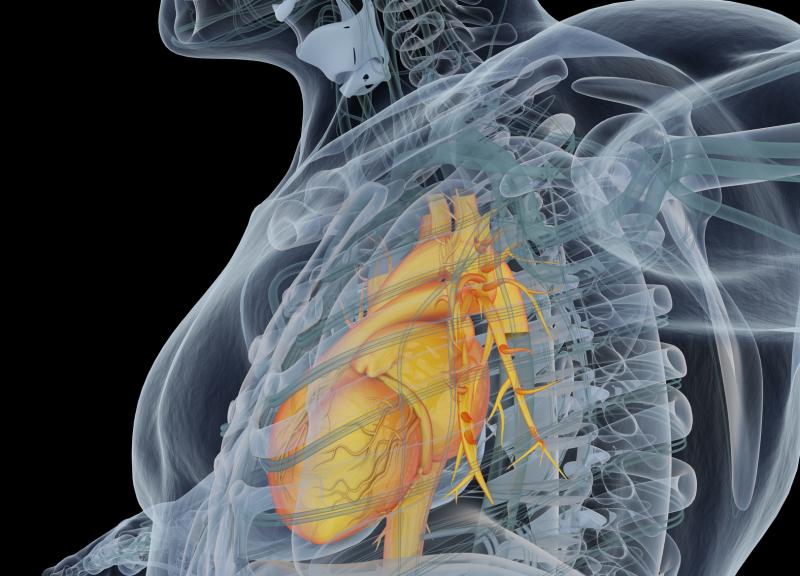
Thoracic endovascular aortic repair (TEVAR) is a feasible intervention for type B aortic dissection (type B AD) with an acceptable safety profile, a new meta-analysis reports.
Accessing the databases of PubMed, the Cochrane Library and Science-Direct, researchers retrieved 92 relevant studies, yielding a pooled cohort of 5,956 patients. The primary outcomes of the meta-analysis were in-hospital all-cause mortality and aorta-related mortality.
There were 262 cases of early mortality, all occurring within 30 days after TEVAR. The most common causes of death were aortic rupture (25.6 percent), retrograde type A aortic dissection (15.9 percent) and cardiac complications (15.3 percent).
The resulting pooled estimate for overall mortality was 7.0 percent (95 percent confidence interval [CI], 6.2–7.8). For aorta- or procedure-related mortality, the resulting estimate was 5.2 percent (95 percent CI, 4.4–6.0). In comparison, the pooled rates of stroke and spinal cord ischaemia were 4.2 percent (95 percent CI, 3.6–4.9) and 3.3 percent (95 percent CI, 2.8–3.9), respectively.
Thirty-three studies, with a pooled sample of 1,924 patients, were available for the assessment of early- and mid-term TEVAR outcomes. These showed that institutions with endovascular treatment case loads of at least 40 performed the intervention better and had lower rates of in-hospital and aorta-related mortality.
“TEVAR has gained popularity during the past two decades as a less invasive procedure with promising results. However, current optimal treatment of Stanford type B AD, especially for uncomplicated cases, remains controversial,” said researchers. The present study showed that such an intervention may be feasible.